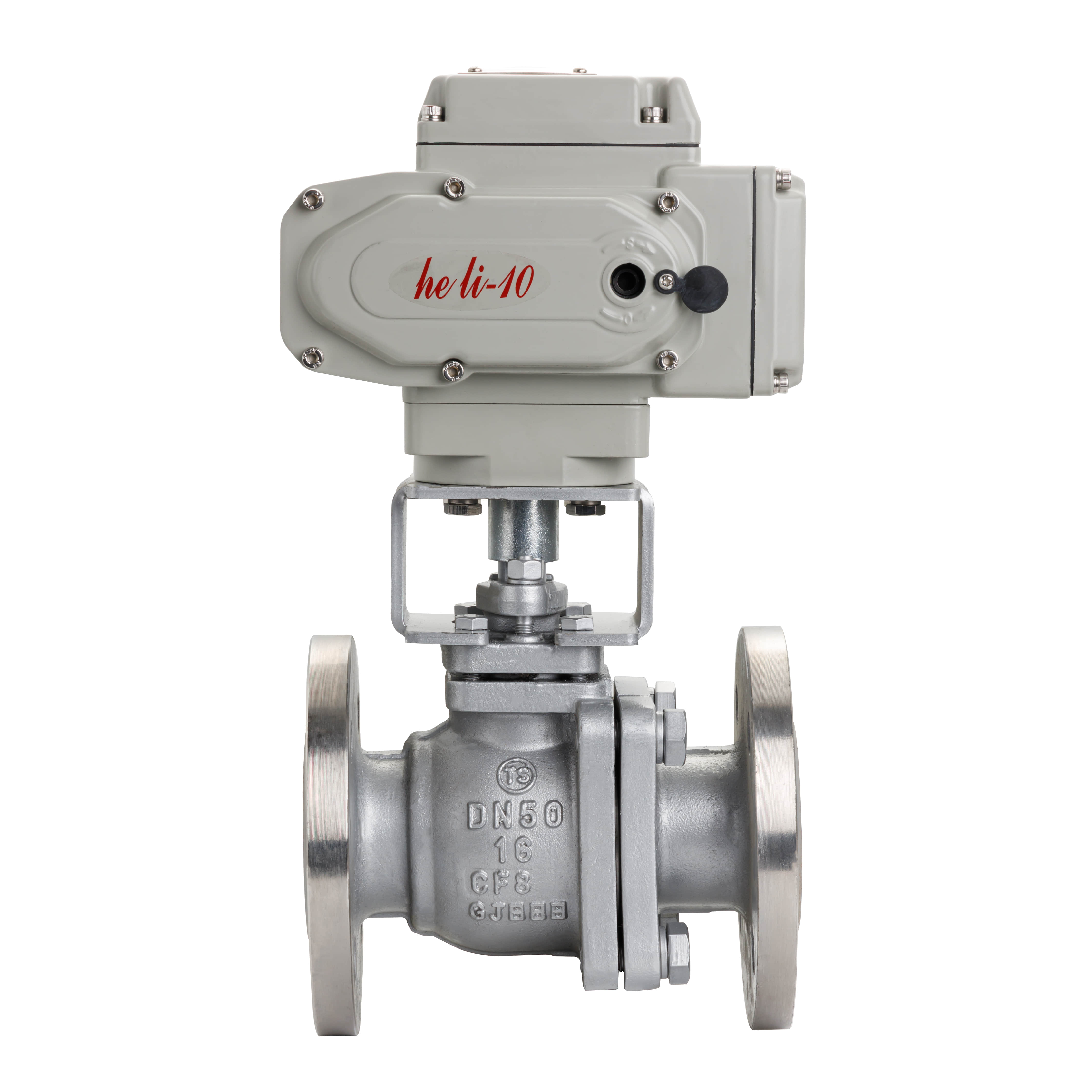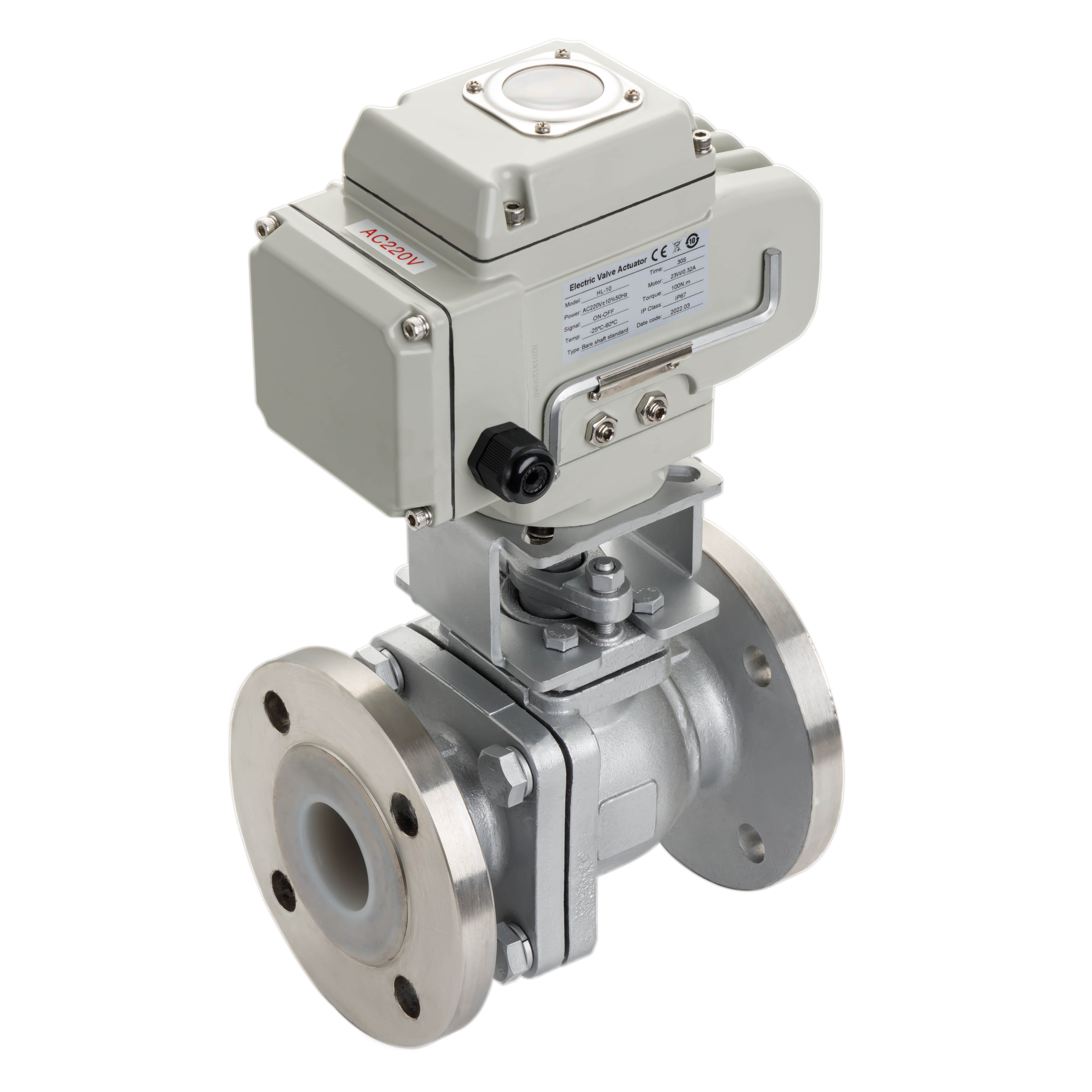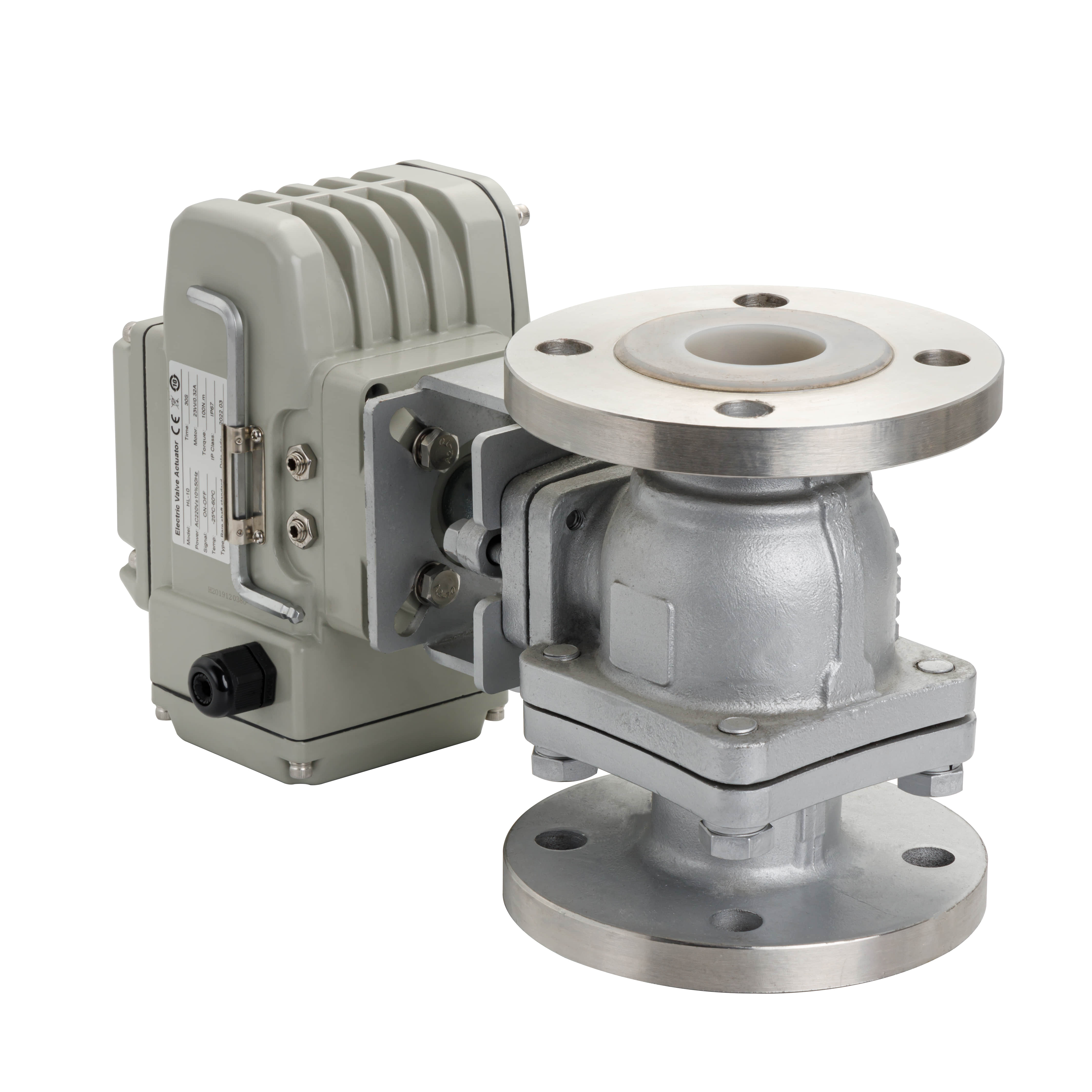understanding electric flange ball valves: the future of fluid control
Release time:2024-09-29 07:55:19
Electric flange ball valves are increasingly becoming a critical component in various industrial applications, providing efficient and reliable fluid control. These valves combine the robust design of traditional ball valves with electric actuators, offering precise operation and automation capabilities. This article delves into the features, benefits, and applications of electric flange ball valves, highlighting their ultimate significance in modern industry.

Construction and Design

Electric flange ball valves are constructed with a spherical closure element that rotates to control the flow of fluid. The valve body is typically made from durable materials like stainless steel, carbon steel, or plastic, depending on the application. The "flange" designation refers to the valve's connection method, which features flanges on both ends, allowing for easy installation in piping systems. The electric actuator, mounted on the valve, converts electrical energy into mechanical motion, enabling precise valve operation. Working Principle




